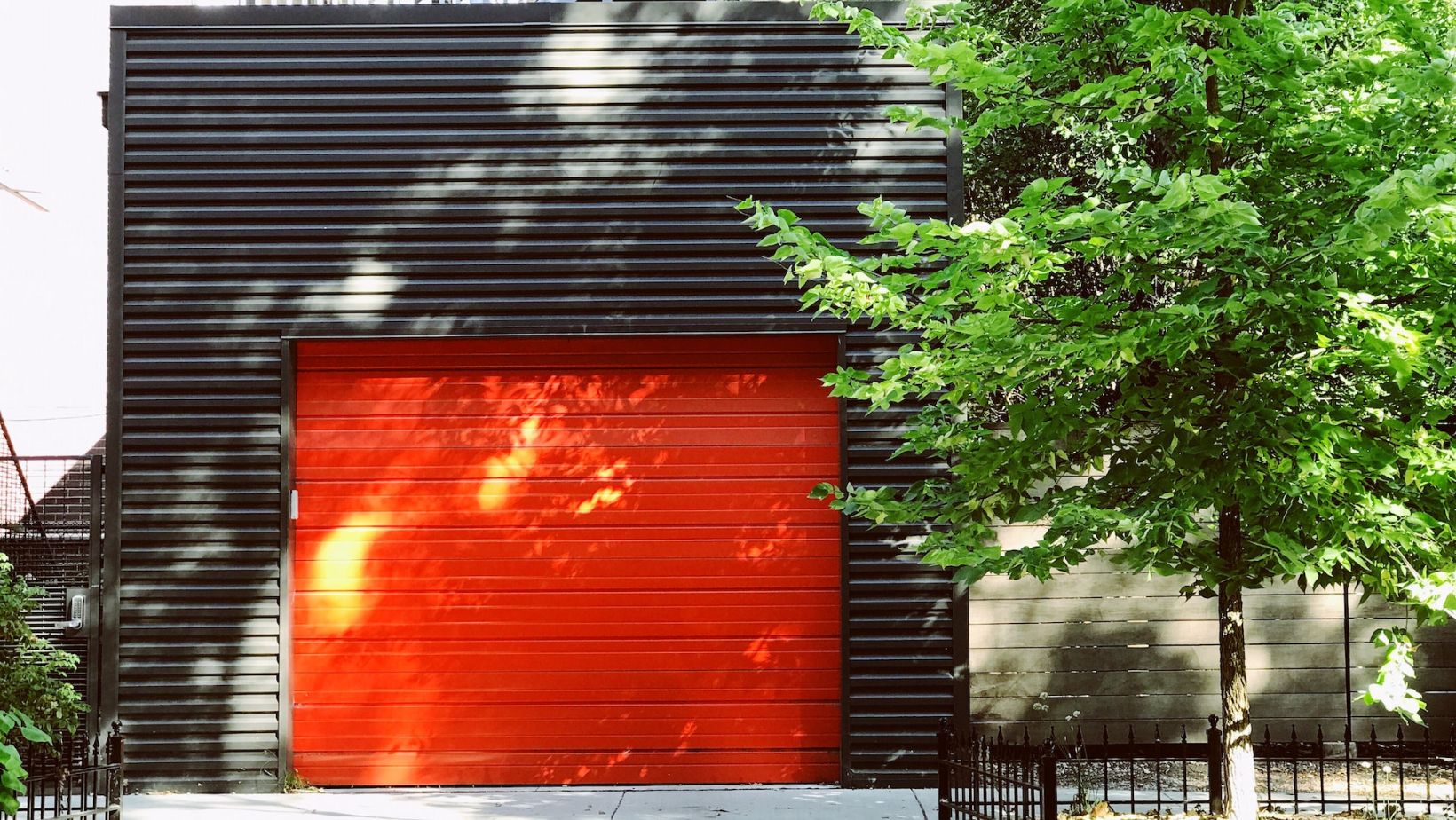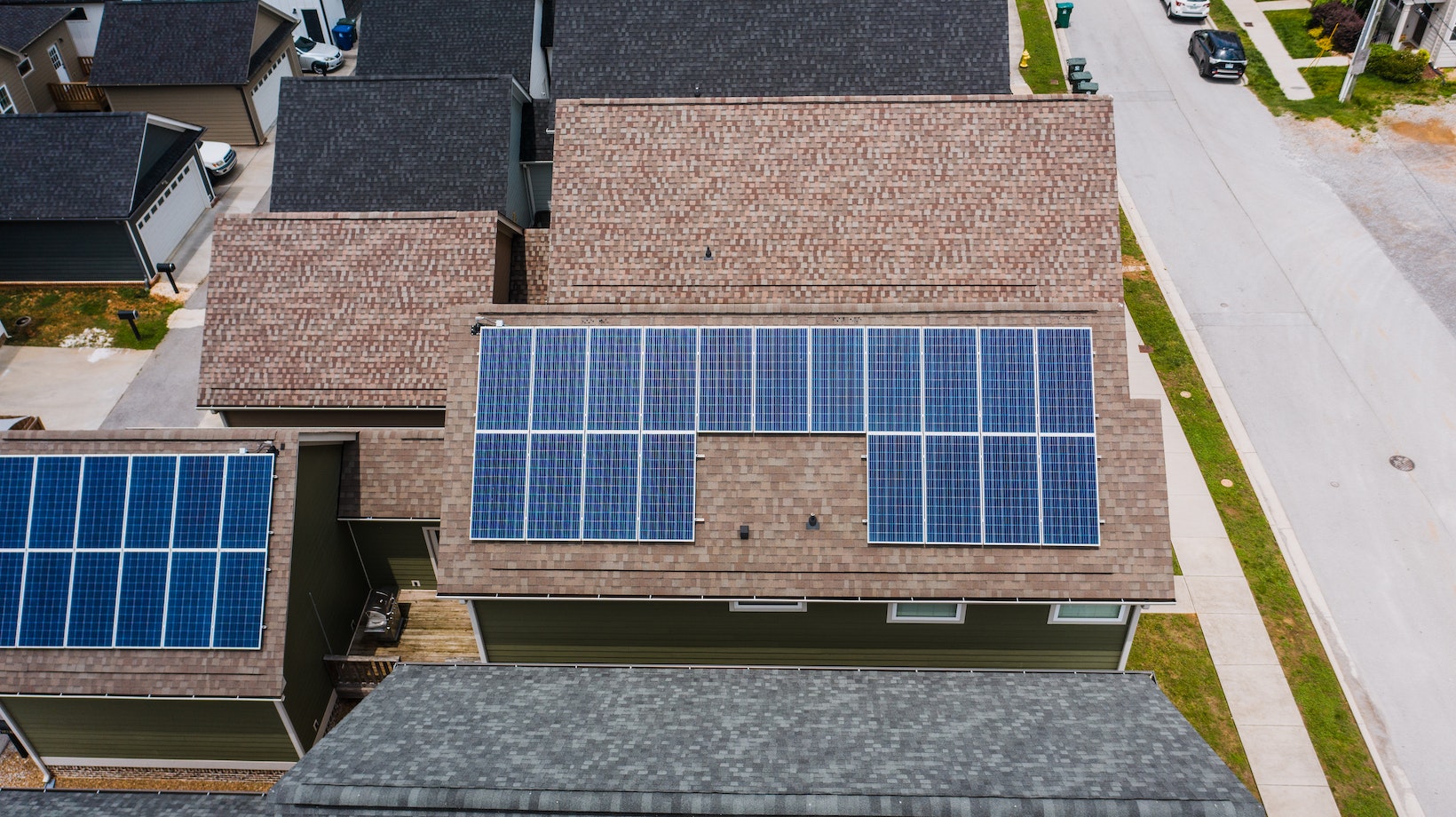Thinking about installing a door for your garage that leads directly into your house? Well, look no further! In this article, I’ll provide you with all the essential information you need to know about the benefits and considerations when it comes to having a door for your garage that connects to your house.
Having a direct access point from your garage into your house can offer convenience and ease of movement between the two spaces. Whether you’re carrying groceries from the car or working on DIY projects in the garage, a well-placed door can save you time and effort by eliminating the need to go outside and around to enter your home.
However, before diving headfirst into this project, there are important factors to consider. Security should be at the top of your list. It’s crucial to choose a sturdy door with high-quality locks to ensure that unauthorized individuals cannot gain access to your home through the garage. Additionally, proper insulation is vital both for energy efficiency and maintaining comfortable temperatures inside both spaces.
Table of Contents
ToggleDoor for Garage to House
Factors to Consider When it comes to choosing the right door for your garage, there are several factors that you should take into consideration. One of the most important factors is the size of your garage opening. You’ll want to measure the width and height accurately to ensure a proper fit. Additionally, consider whether you need insulation or weatherproofing features. This is especially important if you live in an area with extreme temperatures or frequent inclement weather.
Different Types of Garage Doors Garage doors come in a variety of styles and materials, each with its own set of advantages and drawbacks. Some popular options include:
- Sectional Doors: These doors consist of panels that slide up vertically along tracks when opened. They are versatile, durable, and provide excellent insulation.
- Roll-Up Doors: Commonly used in commercial settings, roll-up doors roll into a coil above the door opening when opened. They are compact and ideal for garages with limited ceiling space.
- Swing-Out Doors: These doors swing open from hinges on either side, similar to traditional entry doors. They offer a classic look but require ample clearance space outside the garage.
- Sliding Doors: Sliding doors operate horizontally on tracks and can be a great option if you have limited headroom above your garage opening.
Remember that while aesthetics play an essential role in selecting a garage door that complements your home’s exterior, functionality should not be compromised. It’s crucial to find the perfect balance between style and practicality to ensure a door that not only looks great but also functions efficiently.

Determining the Right Size
When it comes to installing a garage door that connects to your house, one of the first and most important considerations is determining the right size. You’ll want to ensure that the garage door fits perfectly and provides seamless access between your garage and home. To do this, you can follow these steps:
- Measure the opening: Start by measuring the width and height of your garage’s opening. It’s crucial to take accurate measurements to avoid any issues during installation.
- Consider clearance: Take into account any obstructions or obstacles in and around the opening, such as light fixtures or storage shelves.
- Choose an appropriate style: Different types of garage doors require different amounts of space when opened, so consider which style would work best for your specific situation.
By carefully determining the right size for your garage door, you can ensure smooth functionality and prevent any potential problems down the line.
Considering Your Budget
Another essential factor to consider when installing a garage door that connects to your house is your budget. Garage doors come in a wide range of prices, depending on factors like material, insulation, design, and additional features.
To stay within your budget while still getting a quality product, here are some tips:
- Research different materials: Compare prices for various materials like steel, wood composite, aluminum, or fiberglass.
- Assess insulation options: Insulated doors may have higher upfront costs but can help save on energy bills over time.
- Evaluate long-term maintenance costs: Some materials require more upkeep than others; factor in ongoing maintenance expenses.
Remember that investing in a durable and reliable garage door is crucial for its longevity and performance.
Remember that when in doubt or facing complex issues related to your garage door system it’s always best to consult with professional technicians who have expertise in handling such matters.





